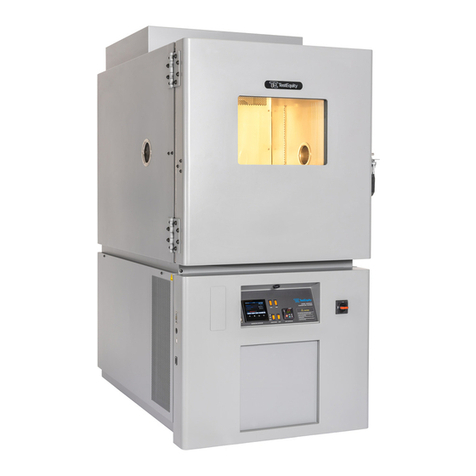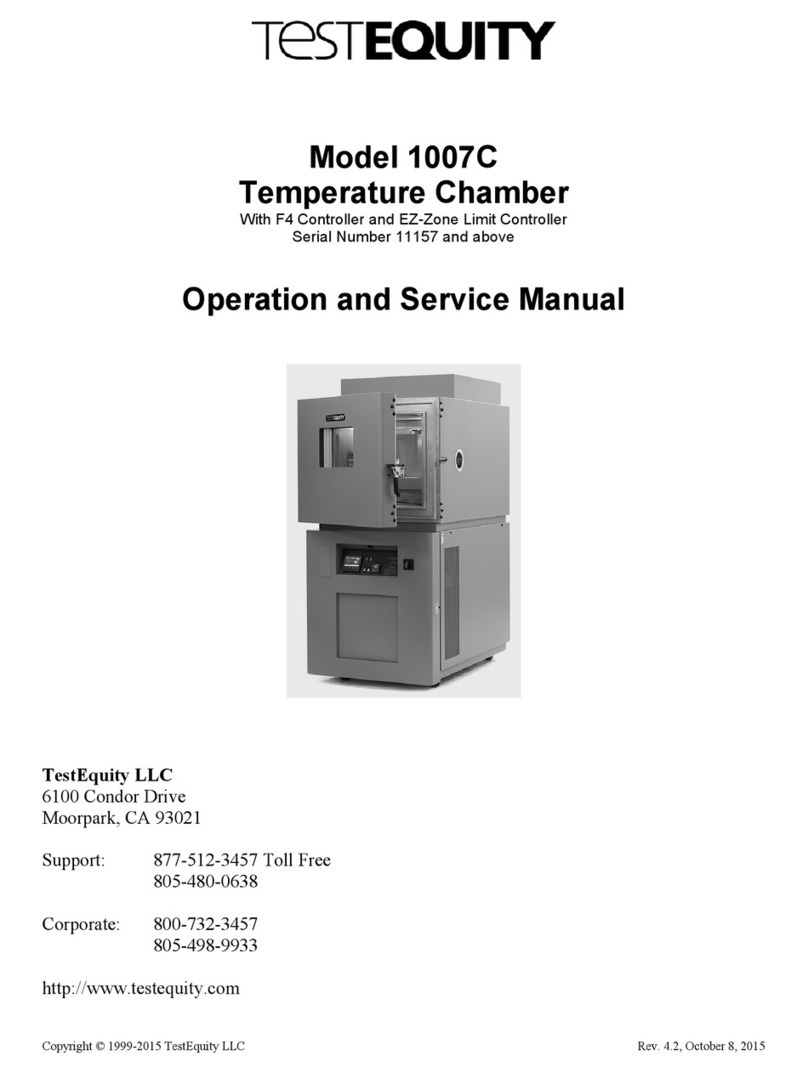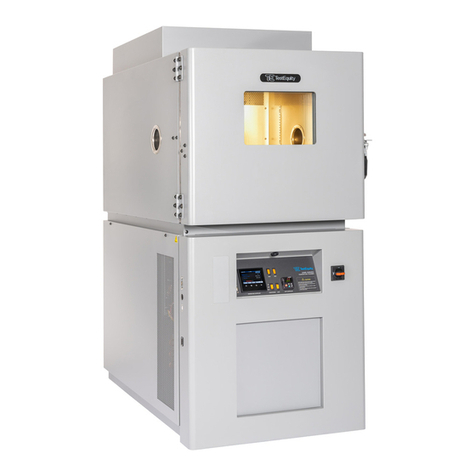
Table of Contents
Profile Programming ____________________________________________________________4-12
Step Types___________________________________________________________________________ 4-12
How to Program a New Profile___________________________________________________________ 4-14
Programming Hints____________________________________________________________________ 4-15
Profile Key __________________________________________________________________________ 4-15
How to Start a Profile __________________________________________________________________ 4-15
How to Hold/Resume a Running Profile____________________________________________________ 4-16
How to Terminate a Running/Holding Profile _______________________________________________ 4-16
How to Delete or Re-Name a Profile ______________________________________________________ 4-16
How to Edit a Profile __________________________________________________________________ 4-17
Profile Examples______________________________________________________________________ 4-18
Operations Page ________________________________________________________________4-19
Setup Page_____________________________________________________________________4-19
Factory Page ___________________________________________________________________4-20
Computer Interface _____________________________________________________________4-20
RS-232C ____________________________________________________________________________ 4-20
Common Modbus Registers _____________________________________________________________ 4-20
GPIB (optional)_______________________________________________________________________ 4-20
Ethernet (optional) ____________________________________________________________________ 4-20
Chapter 5 - Limit Controller __________________________________________________5-1
Introduction ____________________________________________________________________5-1
Limit Controller Keys and Displays ________________________________________________________ 5-2
How to Set the High and Low Temperature Safety Limits_______________________________________ 5-2
Resetting an Out of Limit Condition________________________________________________________ 5-2
Silencing the Audible Alarm______________________________________________________________ 5-2
Protecting an Energized Test Sample _______________________________________________________ 5-3
Chapter 6 – Frequently Asked Questions________________________________________6-1
Chapter 7 – Specifications ____________________________________________________7-1
Model 123H Chamber Specifications ________________________________________________7-1
F4 Controller Specifications _______________________________________________________7-2
Chapter 8 – Maintenance_____________________________________________________8-1
Preventive Maintenance Intervals __________________________________________________8-1
Daily or As Needed_____________________________________________________________________ 8-1
Every 3 Months________________________________________________________________________ 8-1
Every 6 Months________________________________________________________________________ 8-1
Every 12 Months_______________________________________________________________________ 8-1
Maintenance Procedures __________________________________________________________8-2
How to Clean the Chamber Interior and Exterior ______________________________________________ 8-2
How to Listen for Abnormal Noise or Vibration ______________________________________________ 8-2
How to Inspect the Door Seal _____________________________________________________________ 8-2
How to Inspect the Refrigeration Machinery Compartment______________________________________ 8-3
How to Verify the Performance (Non-controlled humidity mode)_________________________________ 8-4
How to Verify the Performance (Controlled humidity mode) ____________________________________ 8-5
How to Inspect the Electrical Compartment __________________________________________________ 8-6
How to Clean the Condenser______________________________________________________________ 8-6
How to Drain the Humidity System ________________________________________________________ 8-6
How to Verify the Temperature Calibration __________________________________________________ 8-7
How to Verify the Humidity Calibration ____________________________________________________ 8-7
Humidity Sensor Calibration and Maintenance _______________________________________________ 8-8
How to Verify the F4 Controller’s Input 2 (Humidity Input) Calibration____________________________ 8-8

































